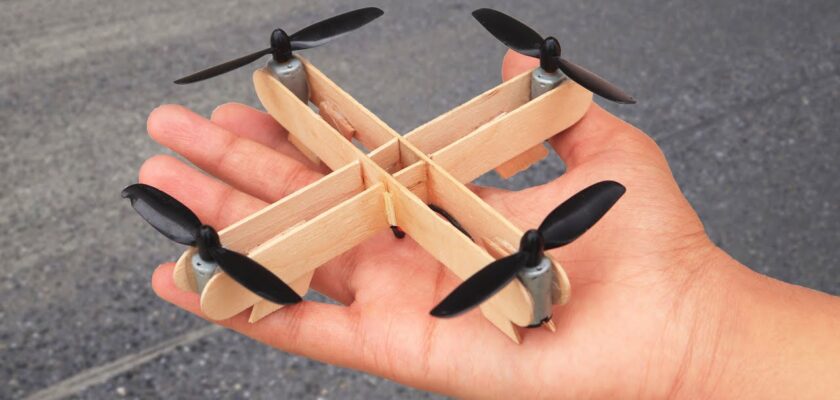As drones are expensive, you might be eager to make your own, especially if you love building devices from scratch and want to save money. It will allow you to customize the device to match your specific wants and needs, rather than settling for a manufacturer’s features.
Also, it’s a fun way to discover how a drone works, and you’re bound to experience much exhilaration when watching it lift off the ground for the first time. Continue reading to find out what you need to create a simple drone.
Understand the Basics
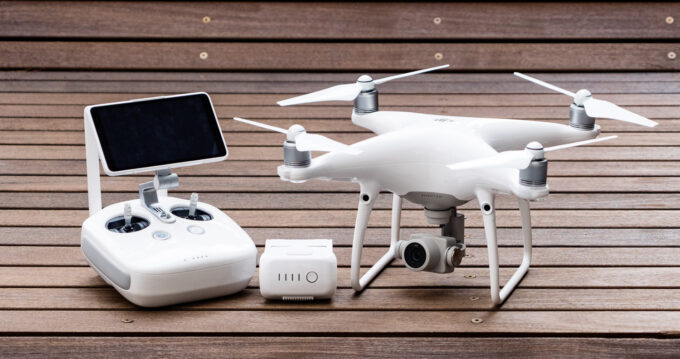
Source: dpreview.com
If you want your drone to fly safely in the air, you must connect multiple systems and ensure they work in harmony. A flight system is required to keep the drone upright while housing an electric motor to move the drone in various directions. Also, you’ll need to introduce a communication system to inform the drone where it needs to fly. Of course, you’d be wise to attach a video system to the drone for greater control in the sky, avoiding the need to watch it in the air. Not forgetting you’ll need a navigation system to plan a drone’s route, and a collision avoidance system and sensors are essential for preventing crashes.
The Perfect Frame
Before gathering components together, you must find the right frame for your drone. The design you choose will determine how lightweight the drone is and where you’ll mount each part.
Most drone frames are made from carbon fiber to ensure that they’re as light as a feather in the air. Plus, they tend to feature mounting hardware for easy assembly, such as aluminum sections and standoffs. Different frame designs are available, such as lightweight racer, which is light and nimble, and freestyle (best for stunts and flying higher in the air).
The Right Microcontroller
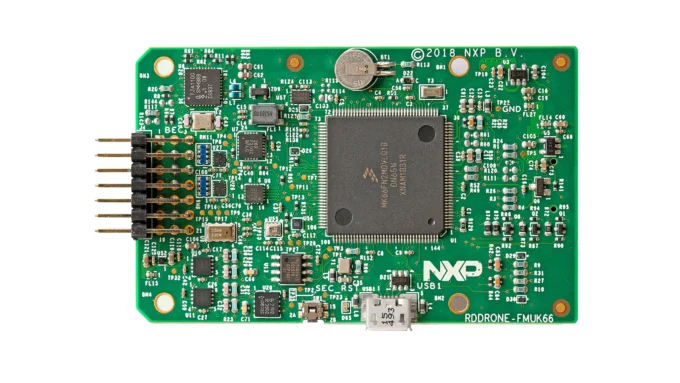
Source: nxp.com
A drone’s communication system will shape its success in the sky, as it must be able to receive user commands and report its state during travel. What’s more, it mustn’t lag, should be power efficient, and should have a wide range for good communication. For this reason, you must install the best microcontroller to support back-and-forth communication with the drone. As you may know, you’ll have a choice of thousands of microcontrollers with specific features.
As you’ll want to communicate with the drone with ease, you’d be smart to install a microcontroller with Bluetooth, and some options can communicate with a device from up to 330 feet and are best used in lightweight applications. Of course, you shouldn’t rule out microcontrollers with a compass and GPS module for obvious reasons.
The Best Brushless Motor
The brushless motor that you add will determine the speed it’ll reach in the air, and there are many options to choose from to suit different budgets. Always read the manufacturer’s specifications before buying a motor, and compare it with other options, as it will provide detailed information about its thrust, power, weight, RPM (revolutions per minute), and more.
The Power Distribution Board (PDB)
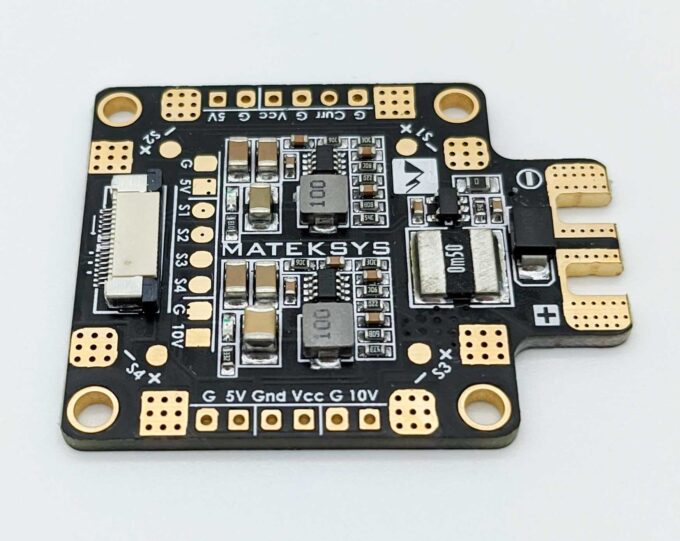
Source: fjp.at
The Power Distribution Board (PDB) does exactly what it says. It distributes power and connects the drone to your electronics. Most PDBs feature a regulator to operate low-voltage components, such as the drone’s camera and controller. Pay close attention to the components’ voltage requirements and consider adding a voltage regulator to protect the gadget and its components. For instance, a 12V camera that’s powered by a battery could turn your drone into a fireball.
A Good-Quality Camera
Every drone needs a high-quality camera with a superb lens for focal distance. If you’re only flying a drone at a maximum of ten feet, you might not have much need for a video with Zoom. However, if you want to zoom in on small details high in the sky, consider installing a camera with a telephoto lens. Bear in mind, shaking can occur when a drone is in motion and traveling at speed, which is why you might want to add a gimbal and image stabilization.
FPV (first-person view) cameras are an intelligent choice, as they often have a CMOS or CCD image sensor, which will improve the drone’s safety in the air. Cheap and lightweight, these cameras can travel with ease through a bright sky and inside dark spaces to prevent unwanted crashes. Also, consider a camera that will display the battery voltage on the screen and allows you to monitor it, which will ensure it doesn’t run out of power during travel.
A Dependable GPS Unit
A dependable GPS unit is essential for any autonomous drone, as it will allow the gadget to travel to a destination without user control. A high-quality GPS unit almost guarantees the drone will head in the correct direction and never veer off course. Thanks to the accuracy of the GPS unit, it will use less power than if you were to navigate the drone manually, helping to save its battery life.
Don’t overlook installing a GNSS component, as it will ensure you receive good reception in difficult locations, as it will use GPS satellites, as well as Galileo, BeiDou, and GLONASS.
An FPV Antenna
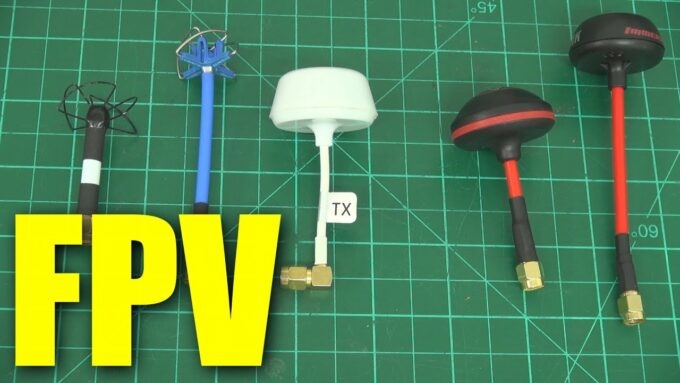
Source: youtube.com
As you won’t want to lose video clarity or range when a drone is flying through the sky, you should install an FPV antenna onto the gadget. Many people choose patch antennas when building a drone from scratch, as they can increase a drone’s range in one direction. Remember, the antenna will be subject to arduous conditions in the air, which is why you must make sure you install a robust option to help it stand the test of time.
A Drone Propeller
A drone propeller will help your drone travel through the sky like a bird, but there are various considerations to make before adding it to the device. For instance, you must factor in the number of blades it’ll feature. Two blades are adequate, but more blades could improve control and grip when turning corners. Also, the higher its pitch, the faster it can travel, but the increased speed can place extra pressure on your battery.

